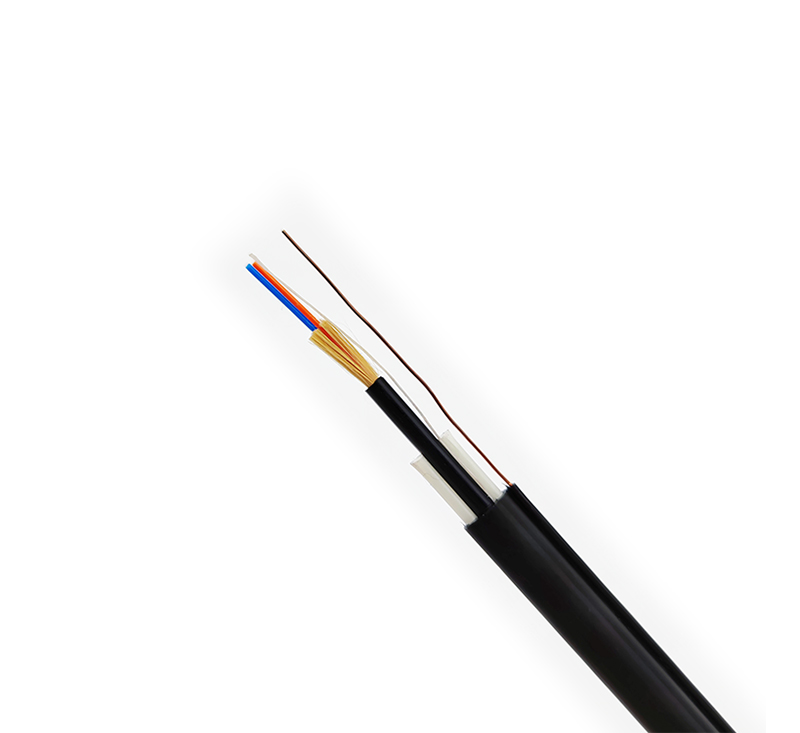The performance of glass fiber optic connectors is affected by the connector and the glass fiber. Concentricity tolerances affect the fiber, fiber core, and connector body. The core optical index of refraction also varies. The stress in the polished fibers can cause excessive return loss. The fiber can slide along its length in the connector. During polishing, the shape of the connector tip may not be correct. Connector manufacturers have little control over these factors, so in-use performance may fall below the manufacturer's specifications.

Test fiber optic connector assemblies fall into two broad categories:
Factory tested and field tested.
factory test
Factory tests are sometimes statistical, such as process inspections. A profiling system can be used to ensure that the overall polished shape is correct, and a high-quality optical microscope can be used to inspect for imperfections. Insertion loss and return loss performance can be checked against specific reference conditions, referenced to standard singlemode test leads or using a wrap around flux compatible multimode test source. Testing and reject rates (yield) can account for a significant portion of the overall manufacturing cost.
testing on the spot
Field testing is usually simpler. Use a special handheld light microscope to check for dust or stains. A power meter and light source or optical loss test set (OLTS) is used to test the end-to-end loss and an optical time domain reflectometer can be used to identify significant point loss or return loss.










